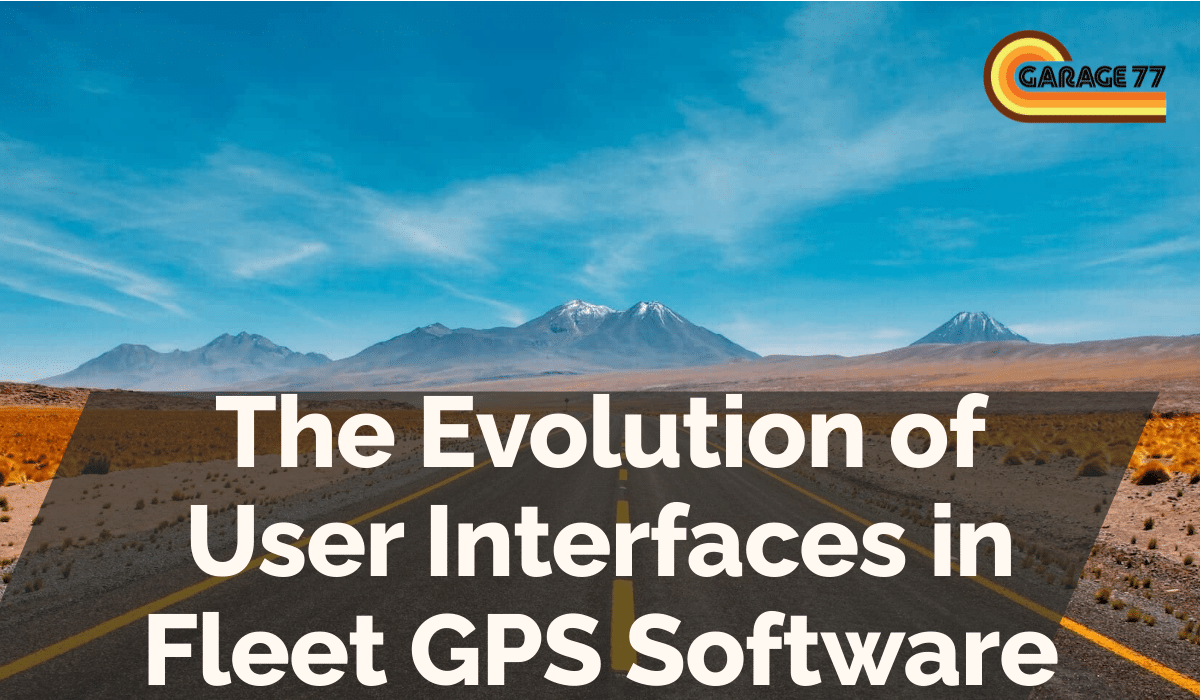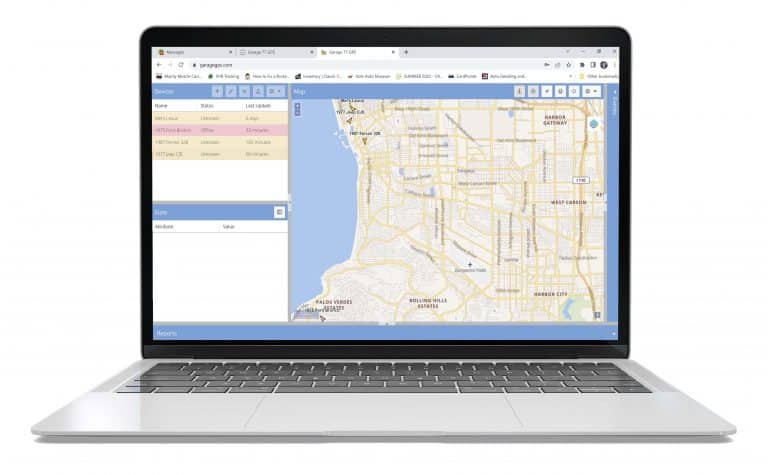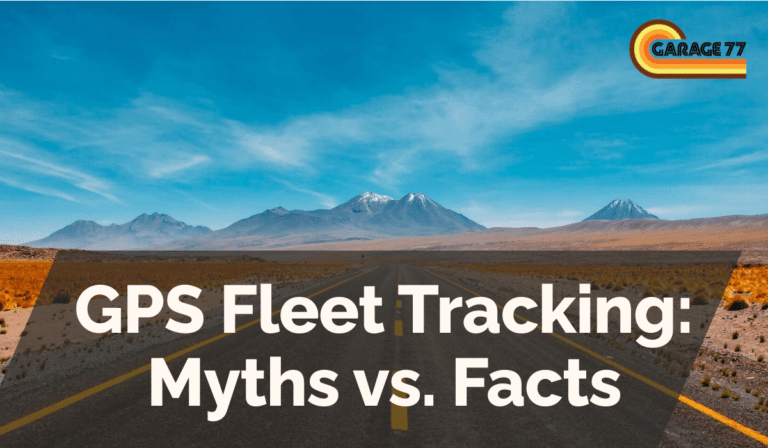The world of technology is ever-evolving, and one of the areas where this is most evident is in the field of fleet GPS software. Over the past few decades, there has been a significant shift in the way these systems are designed, contributing to increasing efficiency and usability.
A look back at early GPS systems
When GPS systems were first introduced, they were rudimentary at best. The user interfaces were designed primarily for functionality, with little attention given to user friendliness. Often, these were text-based systems with complex command structures that took considerable time to learn.
The rise of graphical user interfaces
As technology advanced, so did the design of user interfaces for fleet GPS systems. The advent of graphical user interfaces (GUI) represented a monumental shift. Now, users could interact with visual elements instead of navigating through lines of text. This made the systems more intuitive and thus easier to use.
Advent of touchscreens
With the surge in popularity of smartphones and tablets, touch-based controls soon found their way into GUIs for fleet GPS software. With touchscreens, functionality could be increased without making the system more complicated to use. Now, users only needed to tap or swipe on a screen to execute commands.
Today’s user interfaces: simplicity and complexity coexist
Today’s fleet GPS systems offer a delicate balance between simplicity for end-users and the complex tasks they need to perform. UI’s now feature collapsible menus, drag-and-drop capabilities, and customizable dashboards. Integration with other apps and platforms is also common, offering users more power, more data, and ultimately, more control over their fleet.
Frequently Asked Questions
How has the evolution of user interfaces impacted the usability of fleet GPS software?
The evolution of user interfaces from text-based to graphical and now to touchscreen interfaces has significantly improved the usability of fleet GPS software. These improvements have made the software more intuitive, easier to learn, and faster to use.
What benefits do modern user interfaces offer over older designs?
Modern user interfaces are more intuitive and easier to use than older designs. They enable users to perform complex tasks with a few simple taps or swipes, improving efficiency and saving time. Plus, the ability to customize dashboards means that users can tailor the software to their specific needs, further improving usability.
Conclusion
The evolution of user interfaces in fleet GPS software is a clear testament to the advancements in technology over the past few decades. As user interfaces continue to evolve, we can expect even more user-friendly, efficient, and customizable systems in the future. Embracing these advancements can help businesses manage their fleets more effectively and efficiently.







